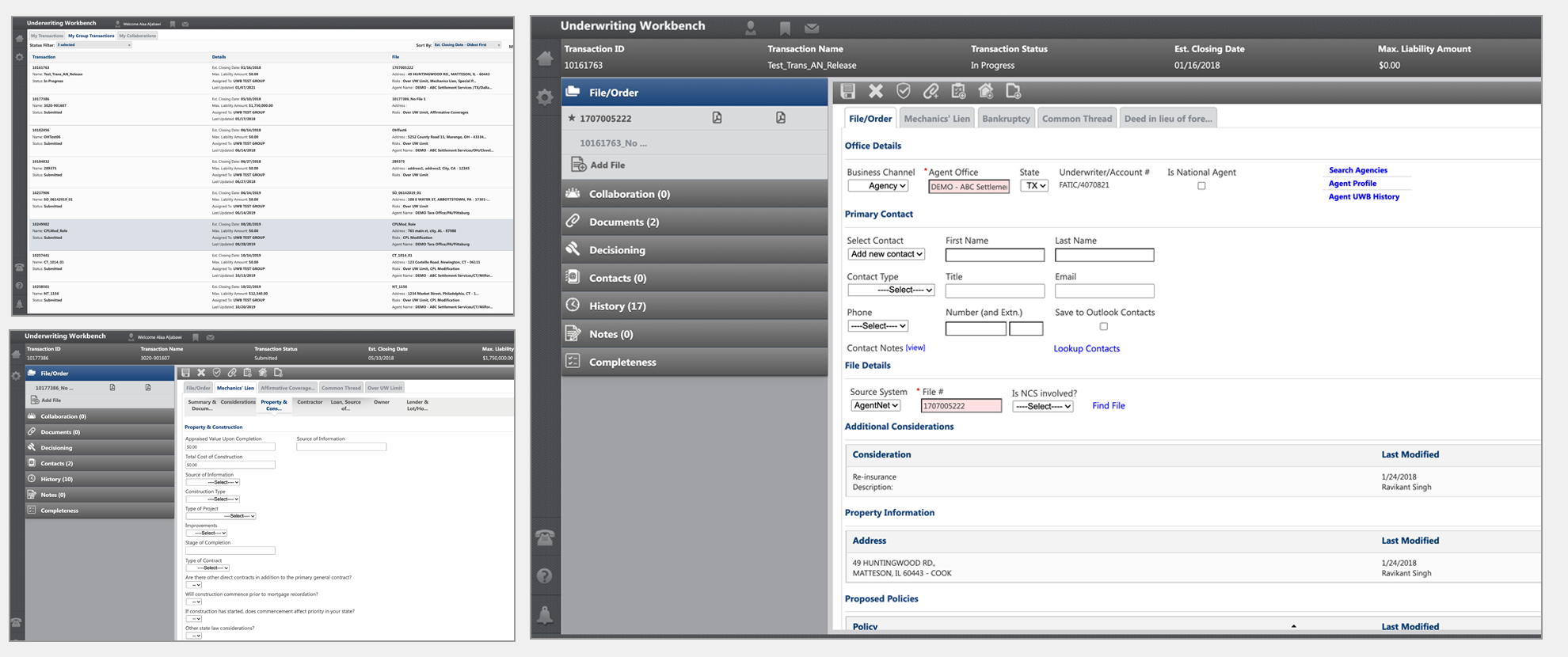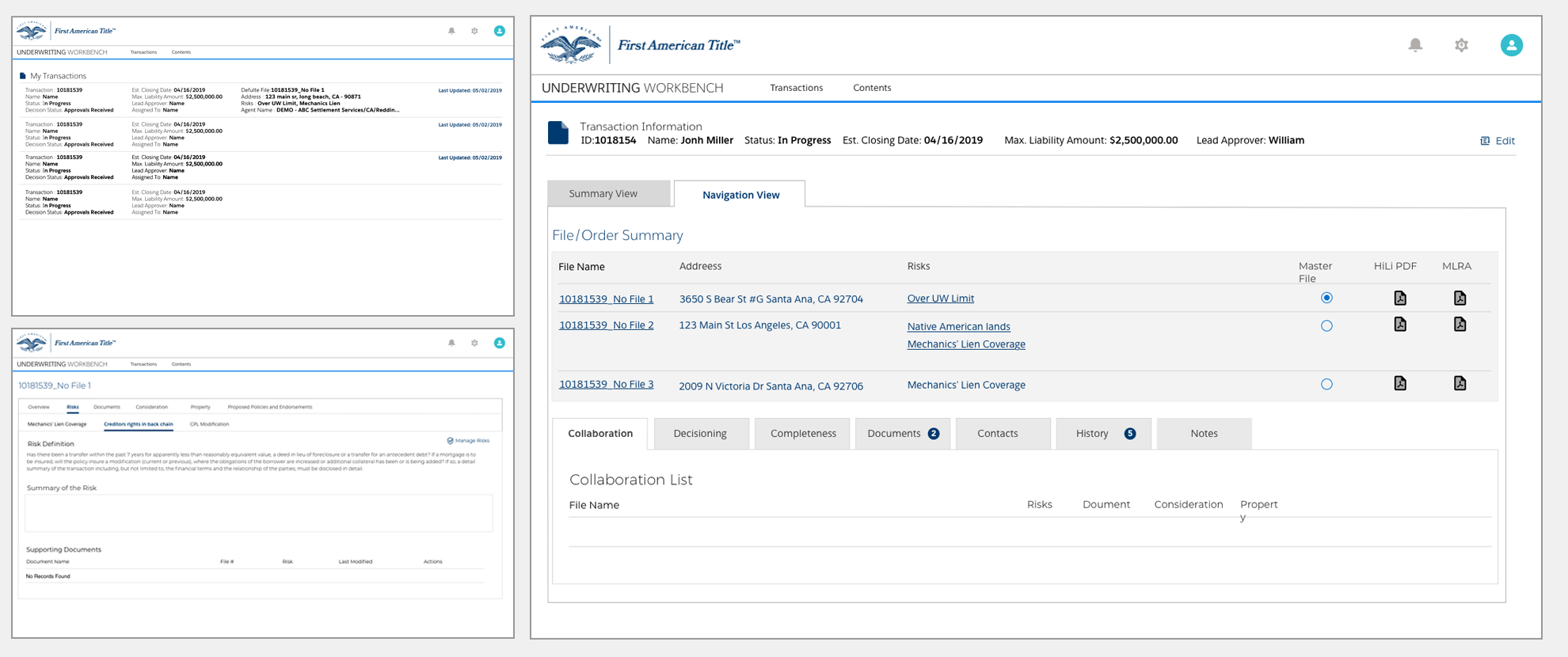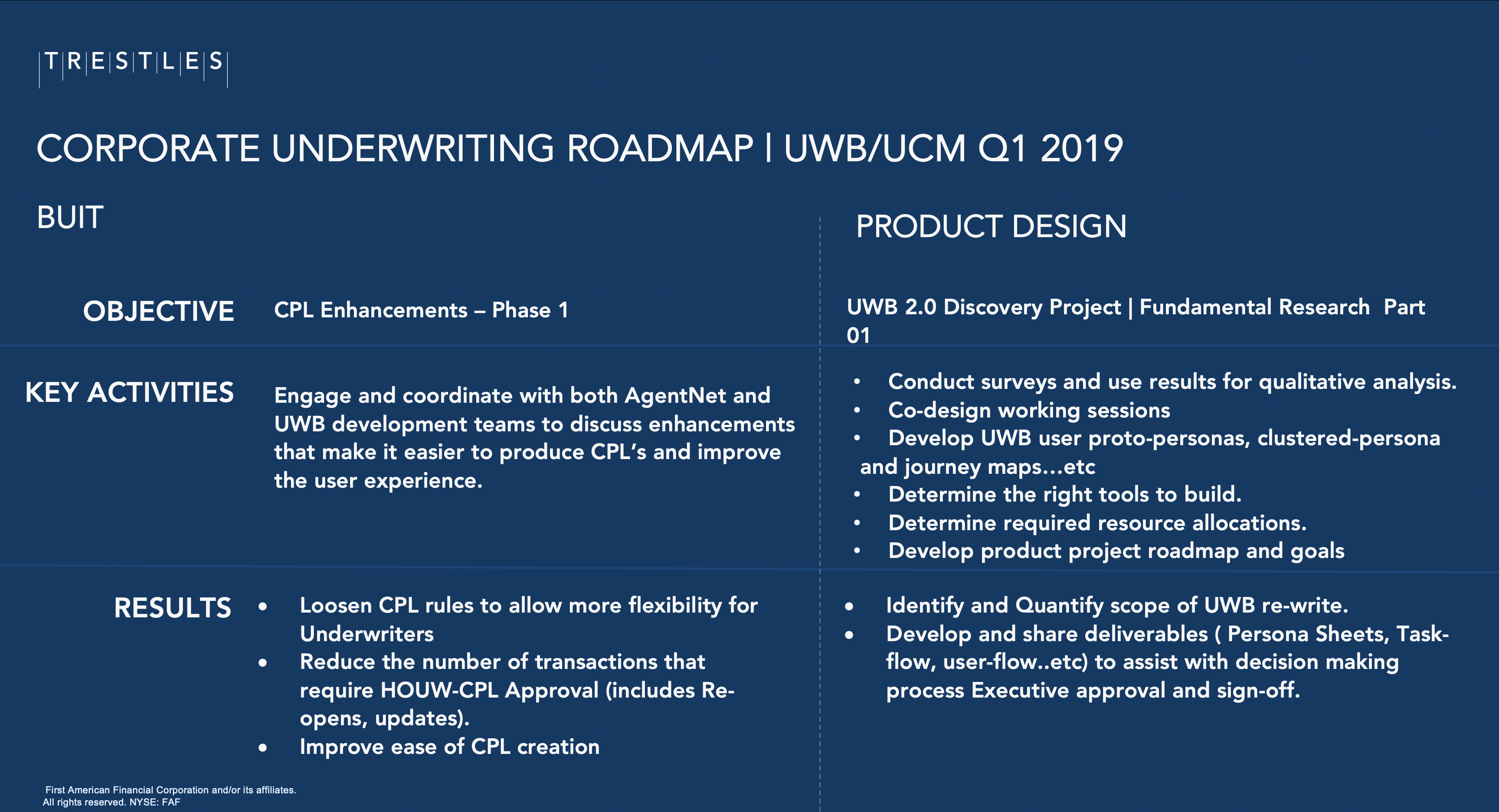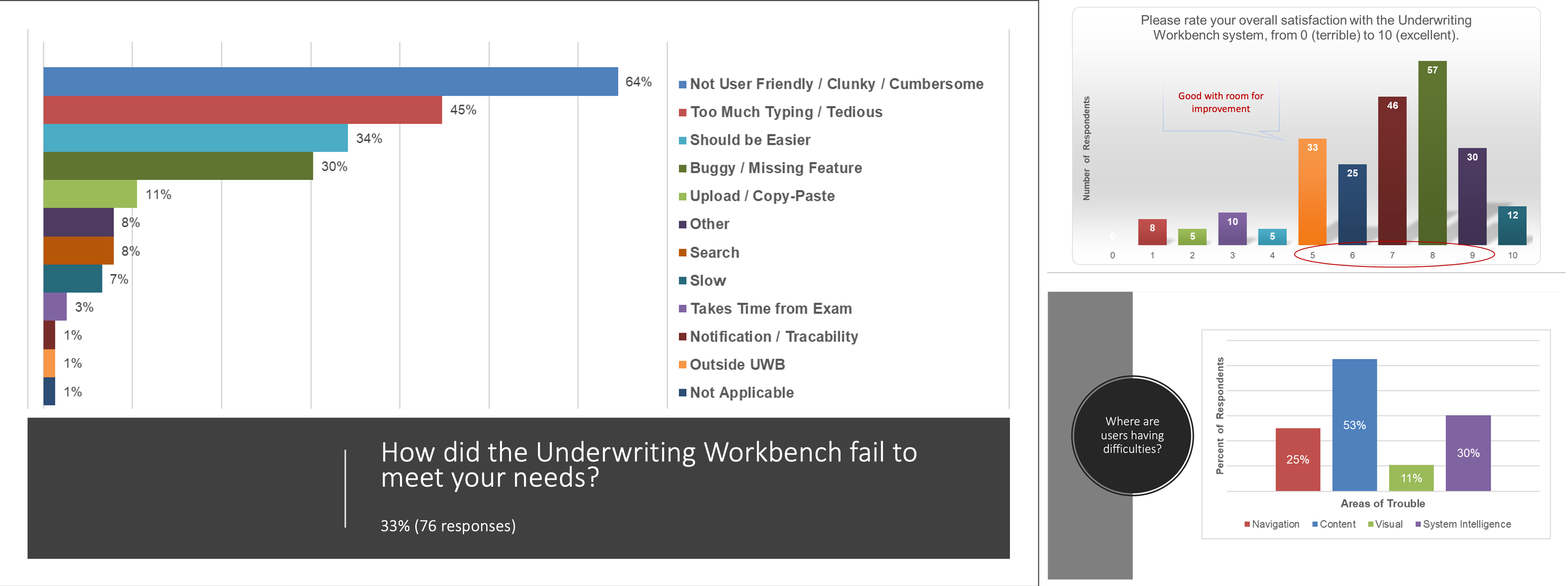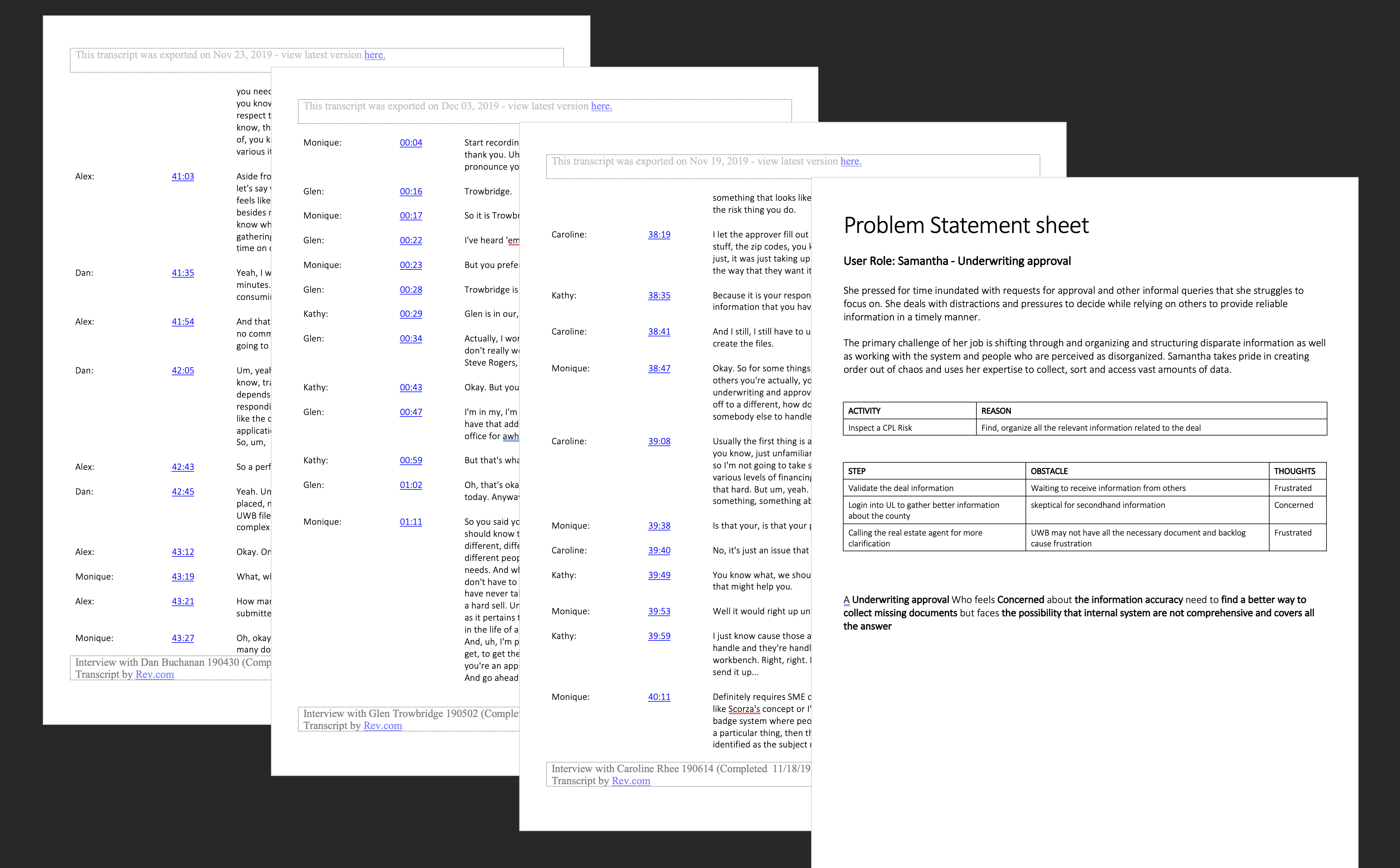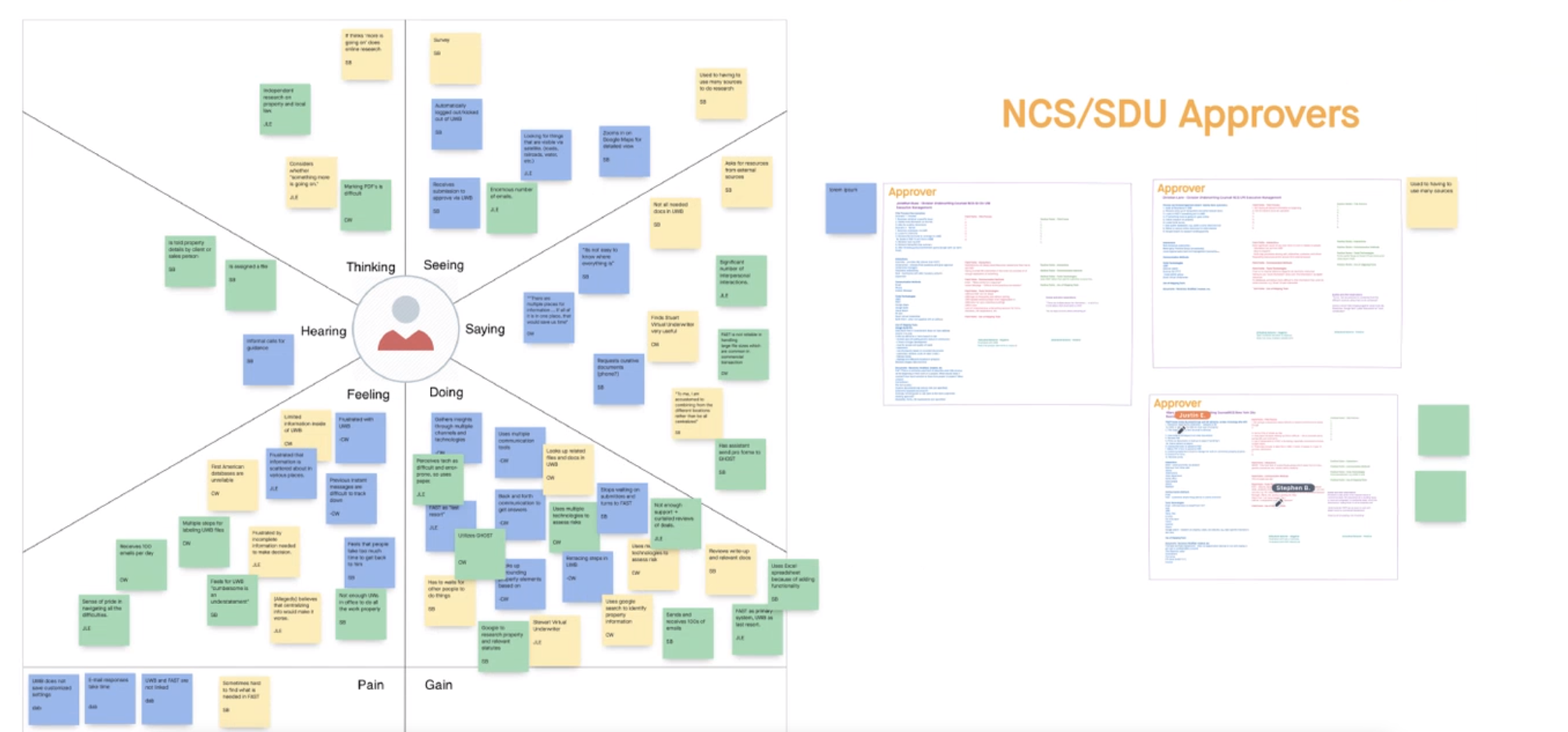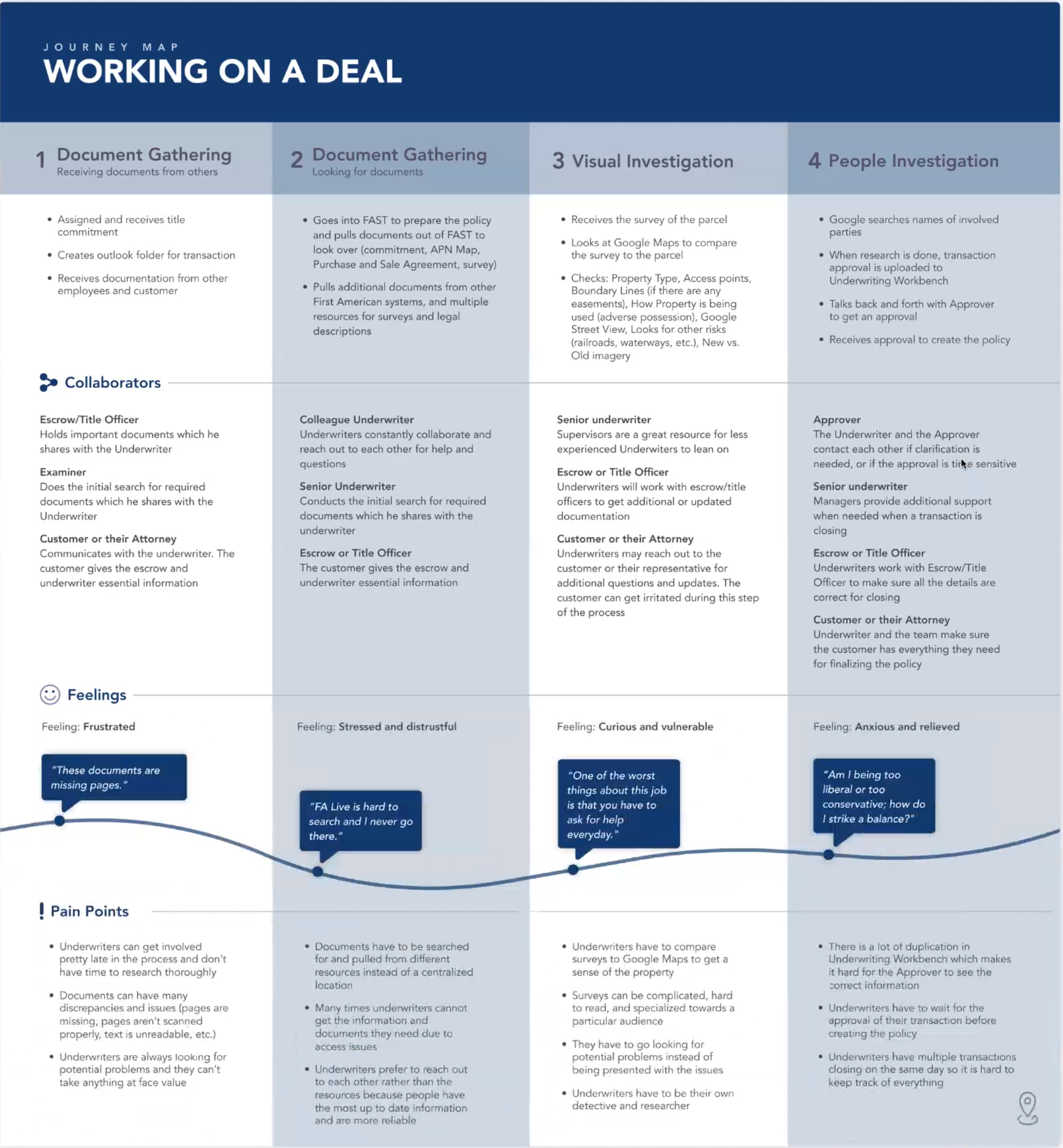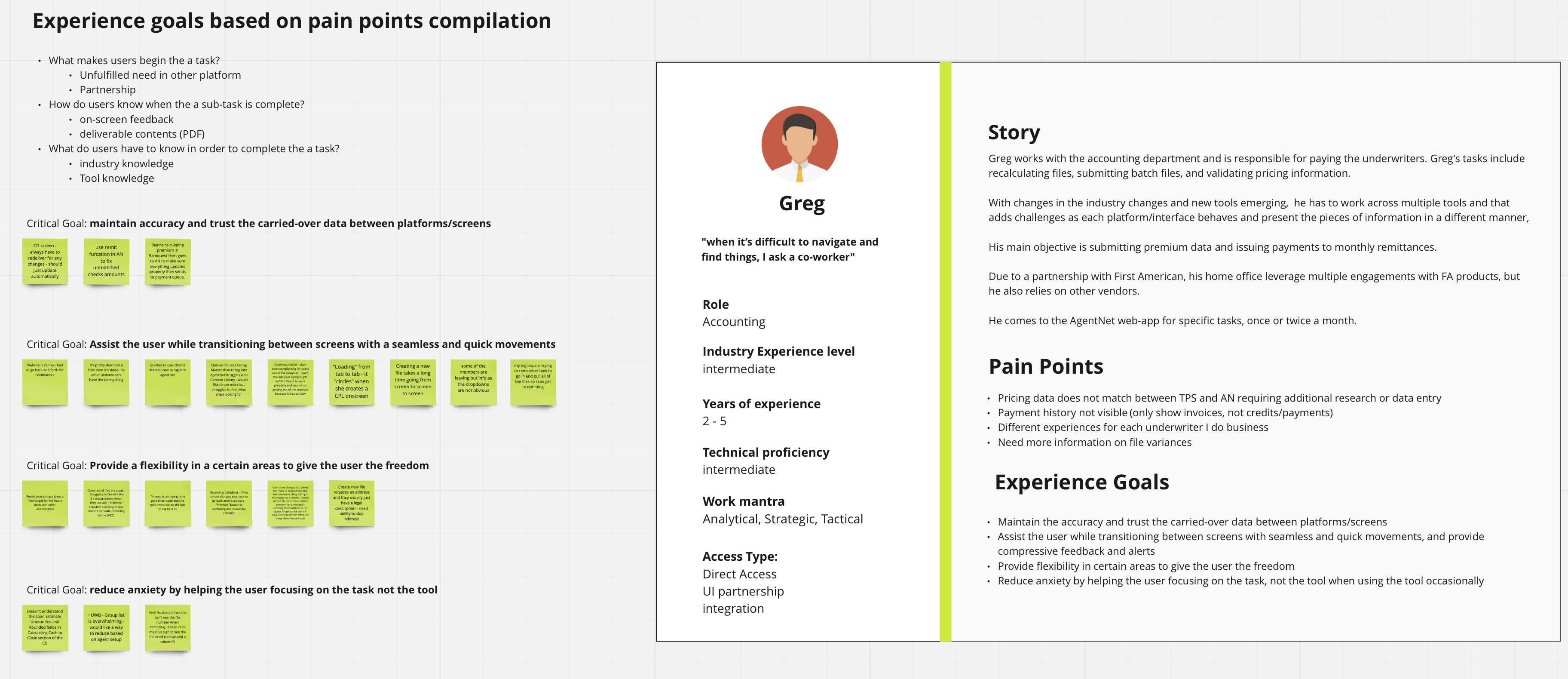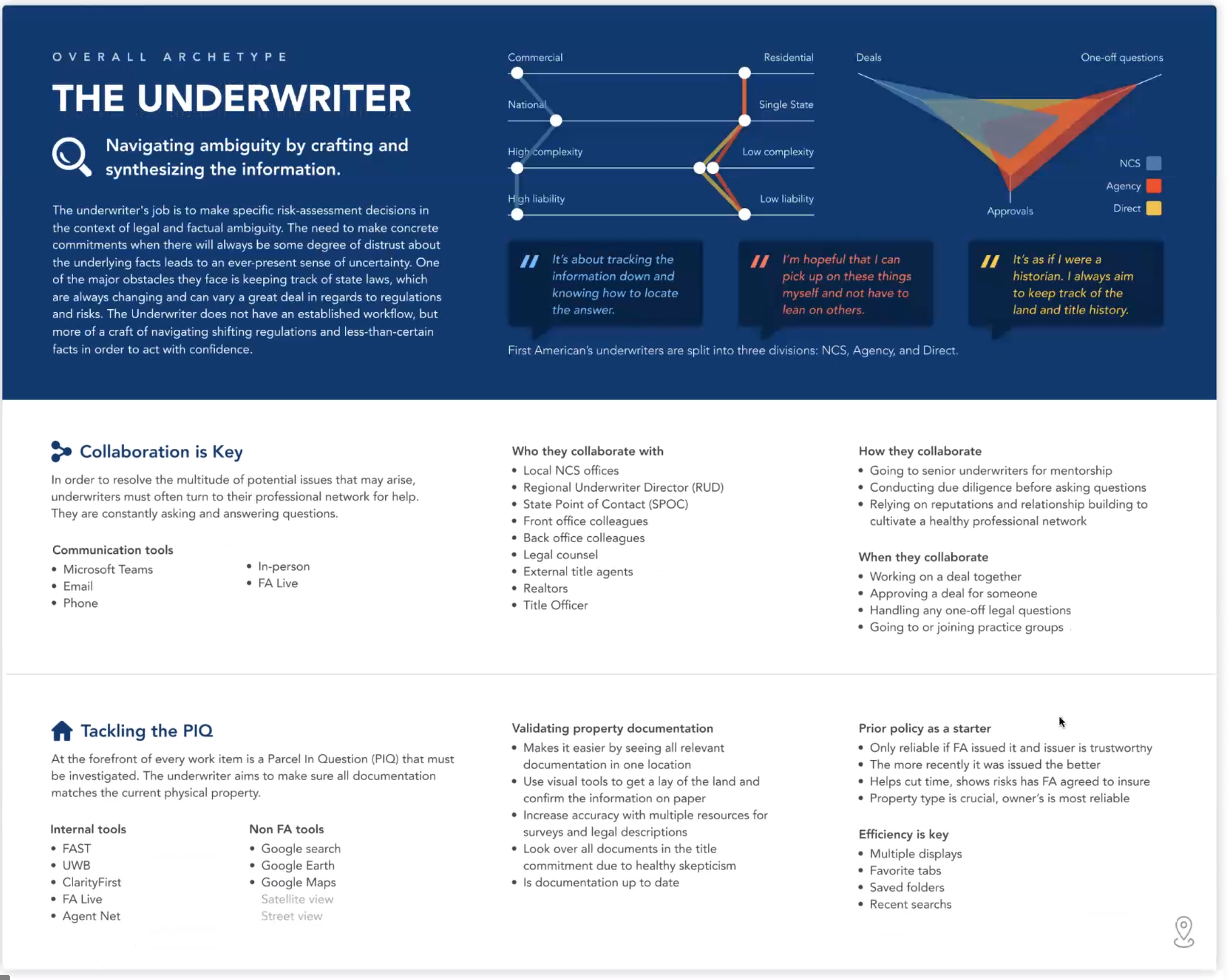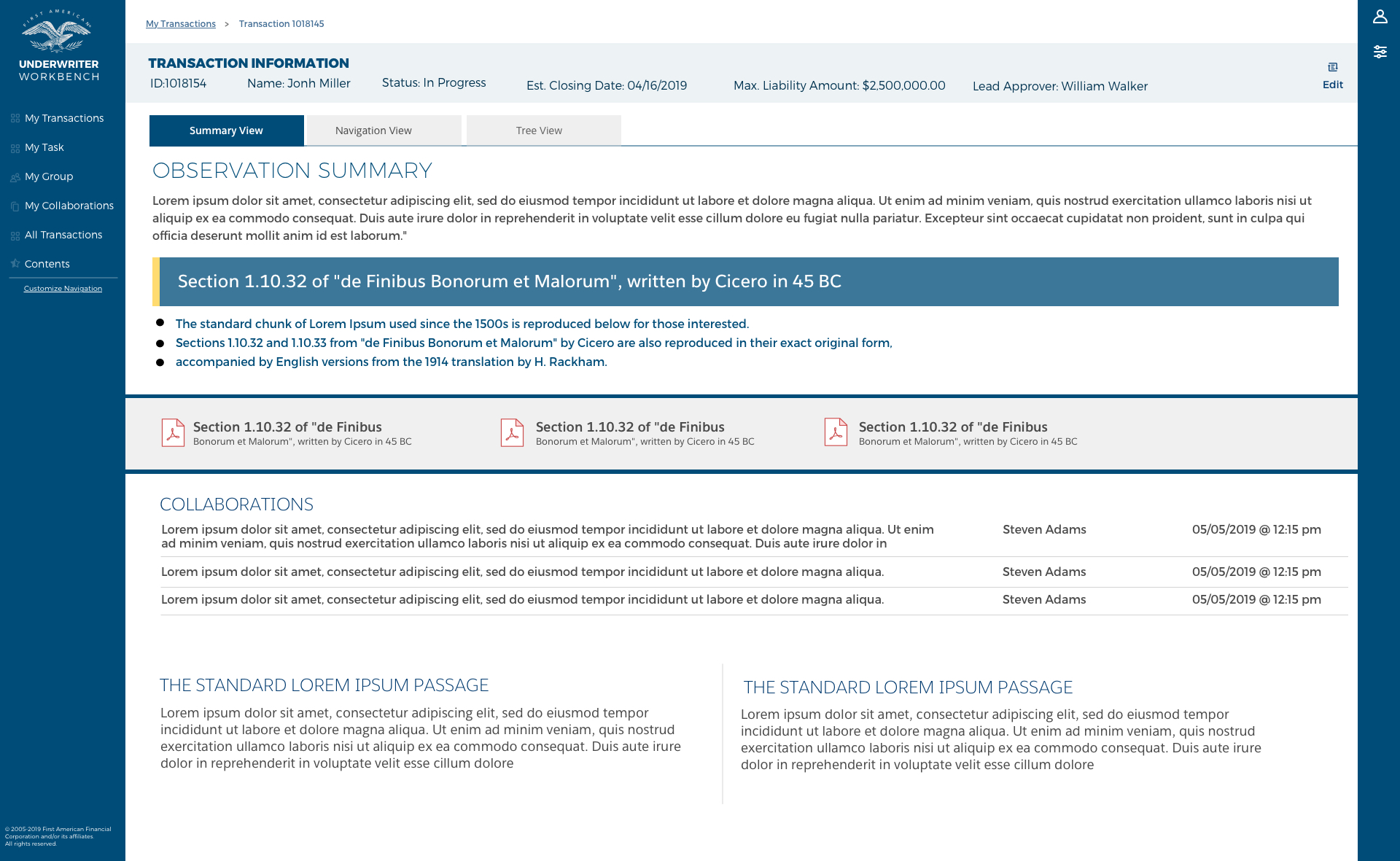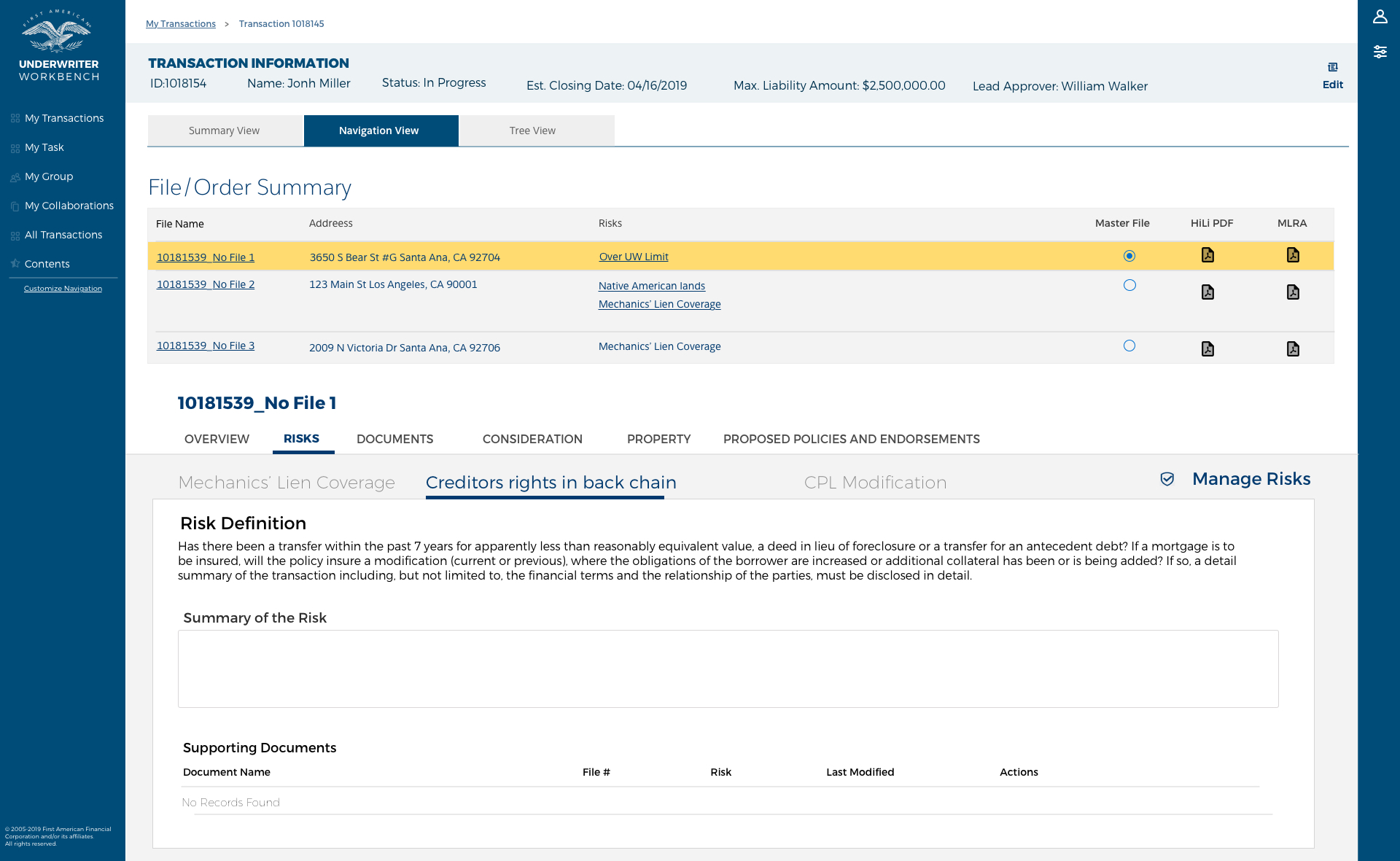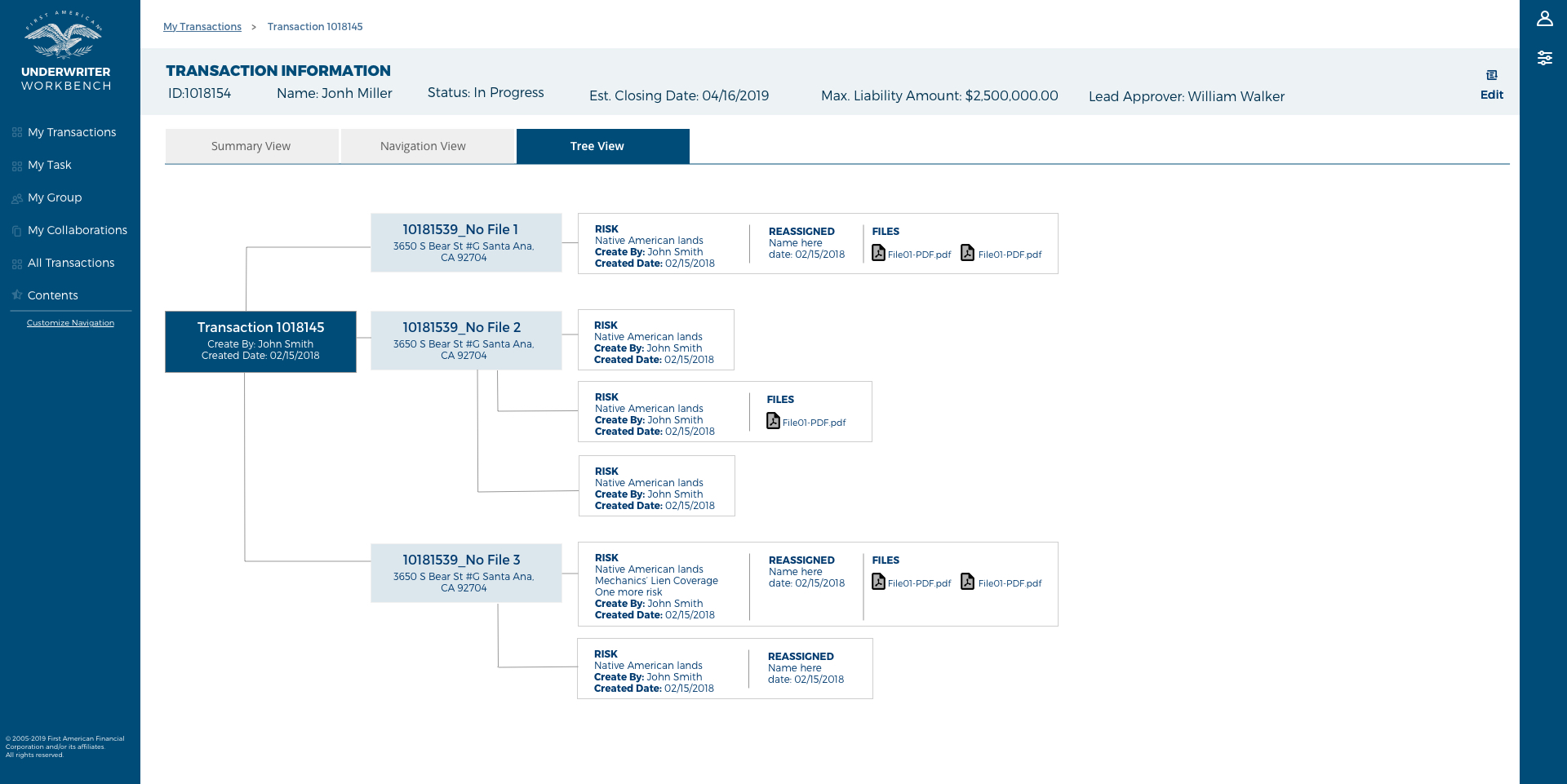real estate underwriting platform
A Disconnected Processes
Industry Ecosystem
There are so many regulatory bodies in the mortgage industry. Fannie Mae, Freddie Mac, Federal Home Loan Banks, US Department of Housing and Urban Development (HUD), US Department of Veteran Affairs, and FDIC, are just a few. Both business practices and IT operations are examples of disconnected processes. Problems in either area almost always lead to headaches, confusion, and a reduction in your bottom line. You must first establish a goal and then develop a strategy to achieve that goal.
hypothesis & pain points
- Underwriters are unable to access risks and make quick decisions due to a lack of an integrated and unified view.
- The utter lack of comprehensive policy data in a single location to allow for clear and precise underwriting case management.
- Collaboration and communication channels between underwriters and distributors are inefficient.
- There is a constant need for updates from line managers, which necessitates constant follow-ups. resulting in a longer wait for closing out open cases, resulting in a negative experience
My Role
In the kick-off meeting I implemented a process and protocols that allowed me to become a full-fledged product design lead while collaborating with Product Owner, Product Manager, BSA, UI Designer and VP of innovation and seven developers
Potential solution
The IT team may have been given an overview and a goal, but they must collaborate with business-minded staff to ensure that the final project meets the needs of the people who will use the project.Design Process

0- a Salesforce HMW?
BUIT"s modernization initiative has hit a dead end with its plan to make Salesforce the platform of choice, amid extensive out-of-the-box functionality, lack of customization capabilities for the role-driven engine, and layout UI quirks.
1- Building Empathy
By understanding other underwriters" perspectives on the situation, empathy enables us to use that insight to improve multiple moments of experience and gain leverage against challenging situations.
- Survey
- Help-Desk Data
- Individual 1:1 Interviews (user research interviews)
- Empathy Workshops
2- User Alignments
The purpose of the approach is to summarize and visualize the users" needs, and why they are important to the users across the multidisciplinary system. Before generating potential solutions,
- Journey Mapping
- Proto-Persona Refinement
- Archetype Mapping
outputs & outcomes
Velidate and measure the effrot of moving to the new platform
3- Feature Mapping & Product Visualisation
Highlights
- Provide a summer view as a starting point
- Provide adaptive navigation structure and functionality
- A diagram view to examine the file lifecycle
4- Usability inspections
A click-through prototype was used for formative usability testing with 5 users and two different scenarios. Evaluation aspects included:
To validate the Signifiers, Alignments and Feedbacks I used The ISO/IEC 9126-4 Metrics as a guiding principles which recommends that usability metrics should include:
- Effectiveness: The accuracy and completeness with which users achieve specified goals
- Completion Rate
- Number of Errors
- Cue recognitions
- Efficiency: The resources expended in relation to the accuracy and completeness with which users achieve goals.
- Time-Based Efficiency
- Overall Relative Efficiency
- Confusing/reading moments
- Satisfaction: The comfort and acceptability of use.
- Task Level Satisfaction
- Test Level Satisfaction
- System Usability Scale
outputs & outcomes
Velidate and measure the effrot of moving to the new platform
Lessons Learned
For the project
As a result of this project, the team realized firsthand how important it is to listen to the user voice and that a strong and respected collective voice is critical to the ongoing struggle. The importance of listening to the user"s voice and not just hearing it
For myself
In spite of the fact that the essence of user-centric design is empty, I quickly realized that this empty should go both ways, especially for my coworkers who are struggling to quickly adapt to this new process, which seem to conflict with their roles or knowledge.
However, deploying co-creation sessions and other subtasks helped team members understand that this new approach could be used across multiple mediums
